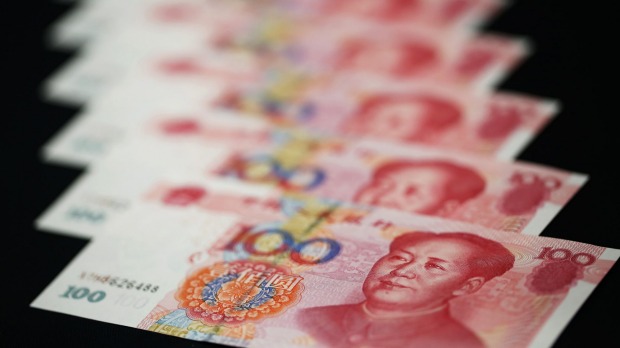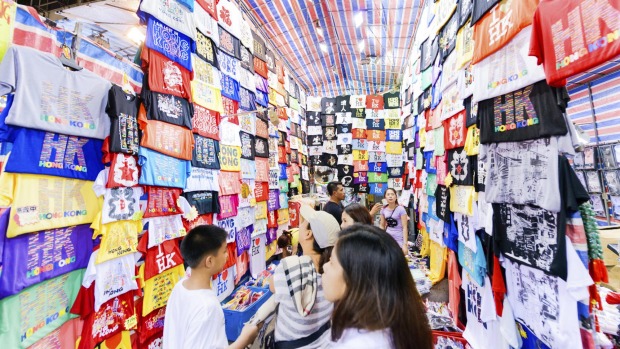
WE HAVE BOOKED A REPOSITIONING CRUISE IN SEPTEMBER WITH STOPS AT XIANAN, HONG KONG, VIETNAM, SINGAPORE AND BENOA. AS EACH HAS A DIFFERENT CURRENCY, WHAT'S YOUR ADVICE ON MANAGING OUR SPENDING MONEY AND MINIMISING EXCHANGE TRANSACTION LOSSES? J. MCGILVRAY, LEURA
It depends a lot on how much you think you might need for each of these ports. If you're on a shore tour organised by your cruise line, chances are your needs for foreign currency in these ports will be either small or non-existent. You can usually exchange cash on board into local currency for most ports of call and although the rate of exchange is not fabulous, if your cash requirements are small so is the pain.
You could also use credit cards to pay for any souvenir shopping or restaurant bills. This has the advantage that you won't be left with surplus foreign cash when your ship sails, although it does slightly restrict your shopping and dining options to those establishments that take credit cards. Visa and MasterCard are the most widely accepted cards in Asia.
If the merchant offers you a choice of paying with a credit card in local currency or Australian dollars, always choose local currency. Choose to pay in Australian dollars and you subject yourself to the Dynamic Currency Conversion rate and it's a rip-off.
If you need more local currency then withdrawing via an ATM is your best bet. The card you usually use for this purpose will most likely incur an international transaction fee, typically 3 per cent. Two cards that give you a better deal are the Citibank Plus Visa debit card and the Bankwest Zero Platinum MasterCard, which have no international transaction fees, nor annual fees. I deposit funds to my Citibank card, which I then use as a reservoir to make cash withdrawals when I'm overseas, thus avoiding the possibility of incurring high interest charges that apply to cash advances. If you decide to make withdrawals via an ATM while overseas, tell your bank or your transaction might be declined.



